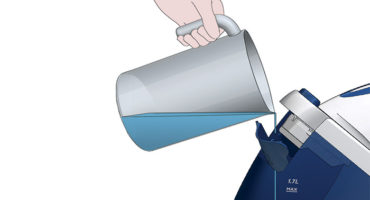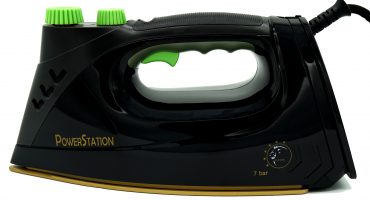A steam generator is a specialized apparatus designed to create dry and wet steam under pressure. Mostly, steam generators are used for the service sector and for ensuring production processes.
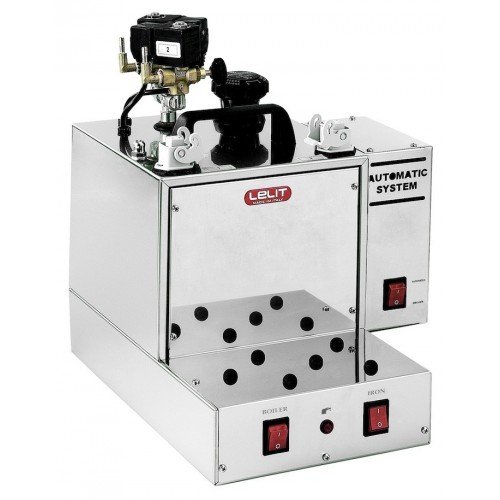
Industrial steam generators are used in the tobacco, woodworking, light and food industries, as well as in construction, medicine and the fuel economy. Using this device, it is possible to heat treat various instruments, process fruits and vegetables, make sausages, and remove ice in winter. In addition, steam generators are used for drying and harvesting lumber, surface degreasing, etc.
Steam generator device
An industrial steam generator includes several main blocks:
- Wireframe. This is the basis on which all the main functional units of the device are located.
- Boiler. It is a tank that is equipped with special sensors that monitor the optimal minimum allowable fluid levels.
- Electronics. This is a combination of ultra-precise sensors that are necessary for the correct functioning of devices. And also in order to ensure full control over each stage of steam production.
- Pressure meter. It controls the internal pressure of the device and the pressure indicators of the outgoing steam.
- Electric pump. With its help, water is supplied to the boiler. It is selected based on the performance of the steam generator.
The unit generates water vapor due to the fact that it heats the working medium (for example, water) with electric heating elements, however, there are other similar devices.
Types of steam generators
- Electric steam generator - the main feature of this type of industrial equipment is that in it electric energy is converted into heat, that is, into steam.
- One of the most common methods is the production of steam using heating elements of different capacities. This steam generator has a simple design, inexpensive to manufacture, it is convenient to use, and it is easy to replace if necessary;
- Electrode steam generator. Its basis is the electrical conductivity of water. The principle of operation of such a steam generator is that the voltage is supplied to the electrodes immersed in water. This ensures the passage of electric current through the water. Since water is an excellent conductor, Joule heat is released during the passage of current through it. And accordingly, under its influence, water is converted into steam.
- RF radiation. This method is also called induction heating. In this case, the water in the steam generator is heated according to the principle of operation similar to the operation of a microwave oven. That is, the formation of steam is carried out by irradiation of high-frequency waves. Since RF radiation requires special measures to isolate it from others, this method is rarely used in industrial steam generators.
- Gas steam generator. Such generators are capable of operating on gaseous fuels of all kinds, including liquefied gas. If you have access to the main gas pipeline, then this unit will be the best option. The main advantages of a gas steam generator are: cheap energy carrier (gas); high efficiency; compactness; ease of installation and use; environmental Safety.It is also possible to obtain saturated and unsaturated steam of different pressures. In addition, the gas vaporizer is explosion-proof, since there is no large water volume under high pressure.
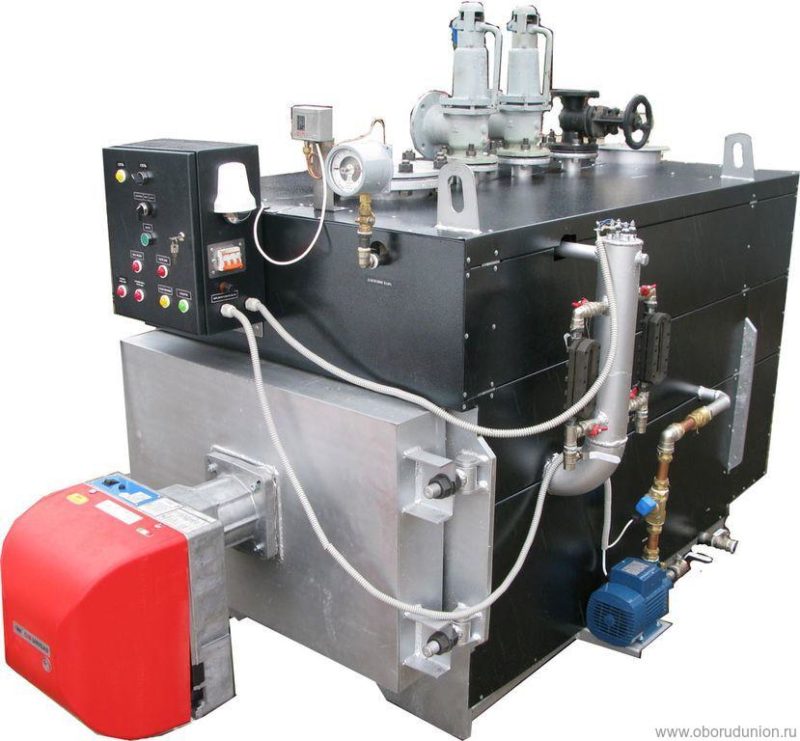
- Diesel steam generator. Powered by diesel and fuel oil. Such a generator has high power. Its steam generator is a single continuous spiral-shaped pipe (coil). It has a combustion chamber in which the heating elements are located. This type of equipment is autonomous, which allows it to be installed in small boiler containers.
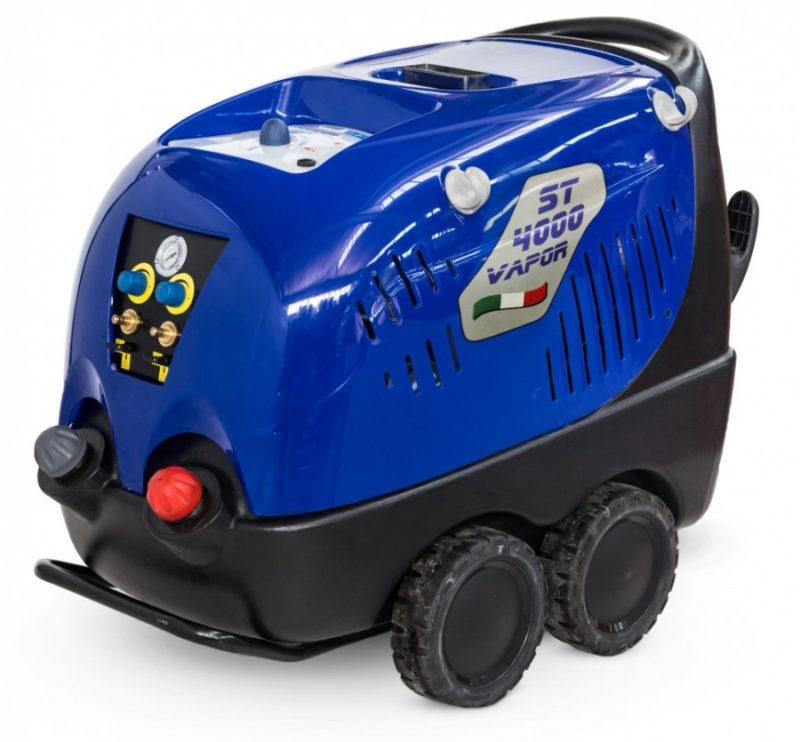
- Combined high pressure generator. It has the ability to work on gas and liquid fuel of all kinds. This is because the equipment has different types of burners. Such an industrial steam generator is the most demanded in large enterprises.
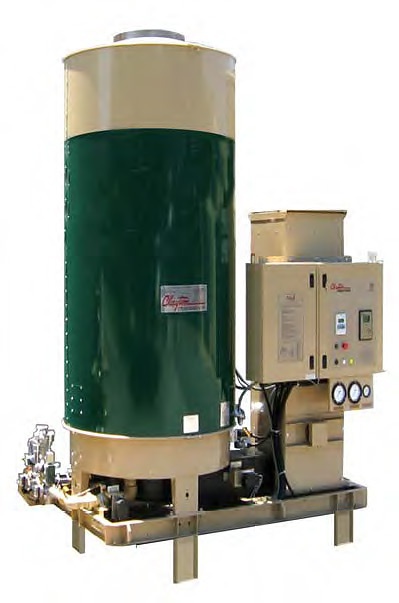
There is also an open and closed type of steam generators. The first type of equipment is used in an open system where condensate does not return to the generator. The second type of installation generates steam in a closed system, which involves the return of condensate back to the steam generator in order to re-turn it into steam.
Basically, to obtain saturated steam in heavy industry, gas, solid and liquid fuel, as well as combined devices are used.
What you need to consider when choosing equipment?
The most important aspect when choosing an industrial steam generator is its performance. It is characterized by the amount of steam generated in the equipment in the set time period (one kilogram of steam per hour). Based on performance indicators, three groups of steam generators are distinguished:
- Low power. Provide steam production up to two tons per hour.
- Powerful. Create steam up to 16 tons per hour.
- High power. The capacity of such a large-scale boiler plant is from 16 to 82 tons per hour.
For small enterprises and consumer services, for which production of a small volume of steam is sufficient, a mobile steam generator is best suited. It is indispensable for objects that are remote from stationary heat sources. They can be mounted in containers and transported. On some models of mobile units there are tanks for fuel and water. Others are capable of taking water from external sources.
For medium and large industrial facilities, well suited stationary steam generators with a capacity of at least 10 tons / hour.
When choosing equipment, in addition to performance indicators, you should carefully consider the pressure of the outgoing steam that the generator has. Depending on the field of activity, steam is used at different pressures. Therefore, you need to choose a type of industrial apparatus that would best meet all the requirements of a particular industry. Based on the pressure parameters, the following equipment groups can be distinguished:
- A device having a low pressure rating of not more than 1 MPa. It is used in greenhouses, meat and dairy industries, in the construction industry. At pharmaceutical and oil refineries, such plants are used for the purpose of disinfection and for treating various surfaces. And dry cleaners of a household type use them in order to steam things from different fabrics.
- A device with an average pressure of 1 to 10 MPa. It is mainly used for heating in homes and industrial facilities, as well as for the purpose of servicing the workflow of small firms.
- High pressure device, from 10 to 22.5 MPa. With the help of such equipment, administrative, industrial and residential high-rise buildings are heated. In addition, this unit supplies steam to electric generators and industrial devices.
- Supercritical pressure devices, more than 22.5 MPa.These are used in the heavy industry of various directions, from metallurgy to oil refining.
Steam Generators with Iron
An industrial steam generator with an iron is used in a mini-laundry, atelier, mini-hotel, as well as in the manufacture of clothing, in ironing shops. It serves to smooth out large volumes of fabric efficiently and intensively. An iron with a steam generator has a heating sole and steam supply. This is such a professional device in which the boiler heats the water and the steam formed during this enters the iron. This combination has the maximum effect when ironing:
- Quickly;
- Conveniently;
- High quality.
Plus, such devices are very durable, practical and versatile.
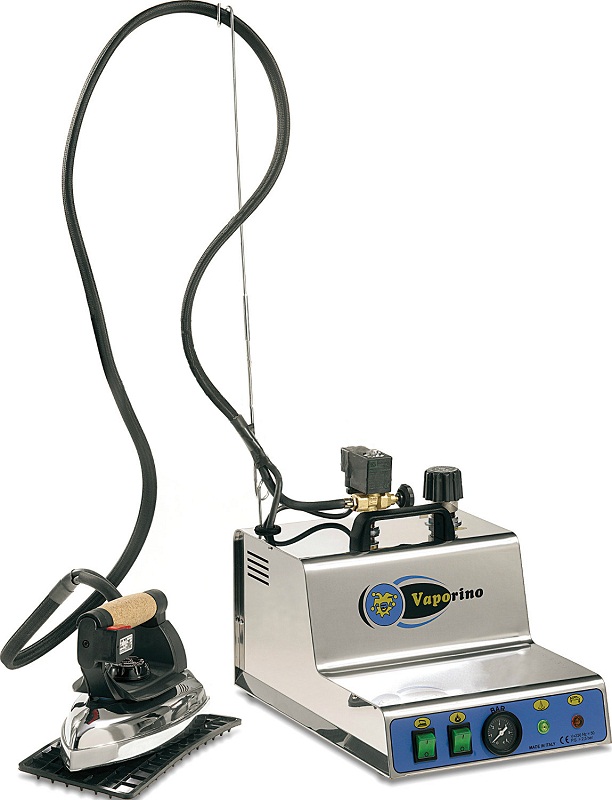
In what areas are mobile and stationary steam generators used?
All medium and high pressure steam generators are successfully used in almost every production segment:
- In the mining complex and in oil refining. Using steam generators: inject steam into the layers of oil deposits, equip plants for mining, clean the surfaces of the pipeline and tanks.
- In the construction industry. Reinforced concrete products are steamed in specialized chambers, crushed stone and sand are heated in winter. As well as using steam equipment, asphalt mix is made.
- Chemical and pharmaceutical plant. Steam generators sterilize and create a favorable micro-atmosphere in a biological laboratory.
- Food production. Constant vaporization is necessary for working conditions in the production of meat, fish, sausages and milk.
- Woodworking industry. The equipment is used for drying lumber in steam chambers, as well as for the production of pulp and paper.
Industrial steam generator is used everywhere. The scope of its use is quite wide and not limited to the above industrial segments. A large assortment of equipment, with various functional capabilities, allows you to choose a steam generator that will be fully adapted to work processes at a specific facility.

